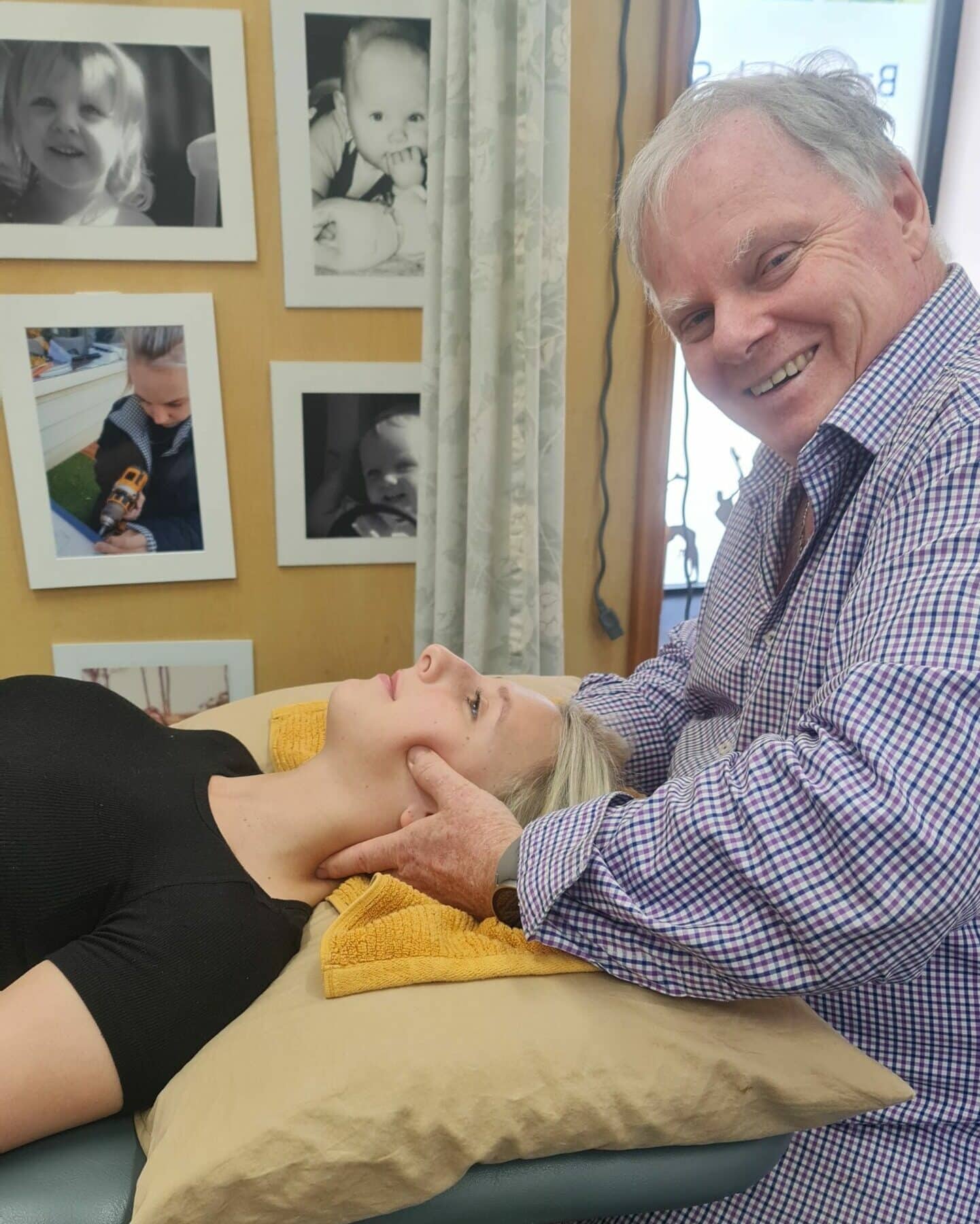
Back Pain: Understanding the Causes
Back pain is an incredibly common issue, affecting up to 80% of people at some point in their lives. It can be severe enough to limit daily activities and even leave you bedridden.
Our spine is a complex structure, designed with varying sized bones (vertebrae) that connect through joints and cushioned by discs. Muscles and fascia support the spine and allow for movement. Any of these components can become irritated or injured, leading to backache.
Learn more about the causes and how to prevent it.
Potential Causes of Back Pain
- Musculoskeletal Issues:
- Sustained positions (sitting, standing too long)
- Strained or overused muscles
- Bulging or torn discs
- Nerve compression (sciatica)
- Arthritis and Related Conditions:
- Arthritis
- DISH (diffuse idiopathic skeletal hyperostosis)
- Enthesitis
- Bone Issues:
- Fractures
- Spondylolisthesis (vertebral slippage)
- Unidentified Cause: In some cases, no physical cause is identified despite experiencing pain.
We will perform a thorough spinal assessment to pinpoint the exact source of your pain.
Very rarely the pain is caused from a serious pathology.
Common Locations of Back Pain
Lower Back Pain
This is the most prevalent type of back pain, affecting the area between your lower ribs and hips. The discomfort can originate from various sources, including:
- Muscle strain or overuse: This often occurs due to improper lifting techniques, repetitive motions, or weak core muscles.
- Ligament sprain: Ligaments connect bones and can become stretched or torn from sudden movements or excessive weight.
- Irritated joints (facet joints): These small joints between vertebrae can become inflamed due to wear and tear or arthritis.
- Disc problems: Discs are the cushions between vertebrae and can herniate (bulge) or degenerate, putting pressure on nerves.
The pain may be a dull ache or a sharp, stabbing sensation. It can worsen with certain movements like bending, twisting, or standing for extended periods. Sometimes, the pain radiates down one leg (sciatica) due to compressed nerves in the lower back. Orthotics, shoe inserts that improve foot alignment and support, can sometimes alleviate lower back pain by reducing stress on the spine.
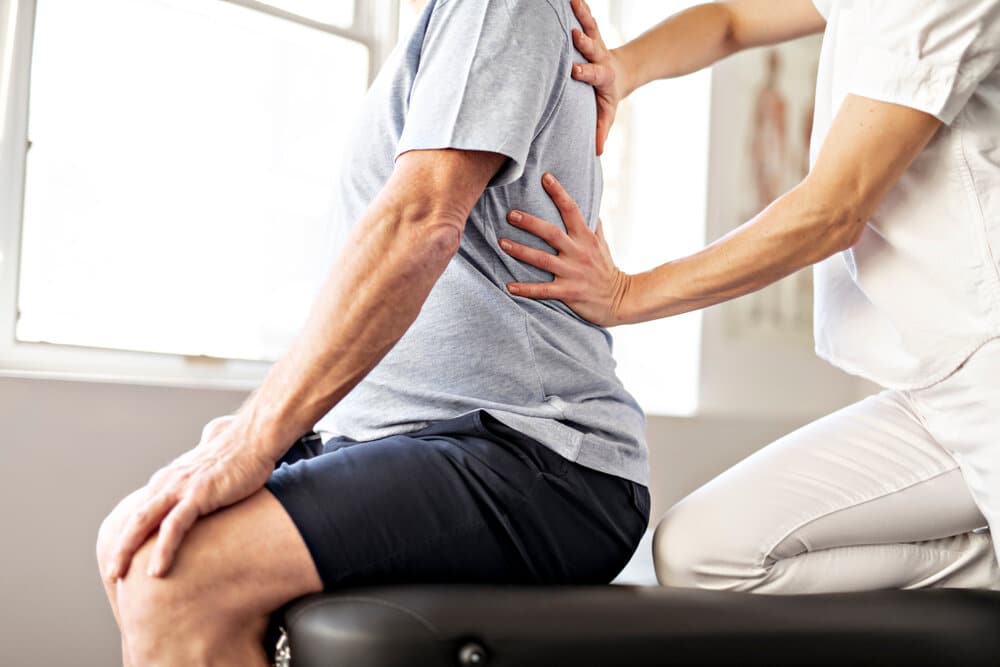
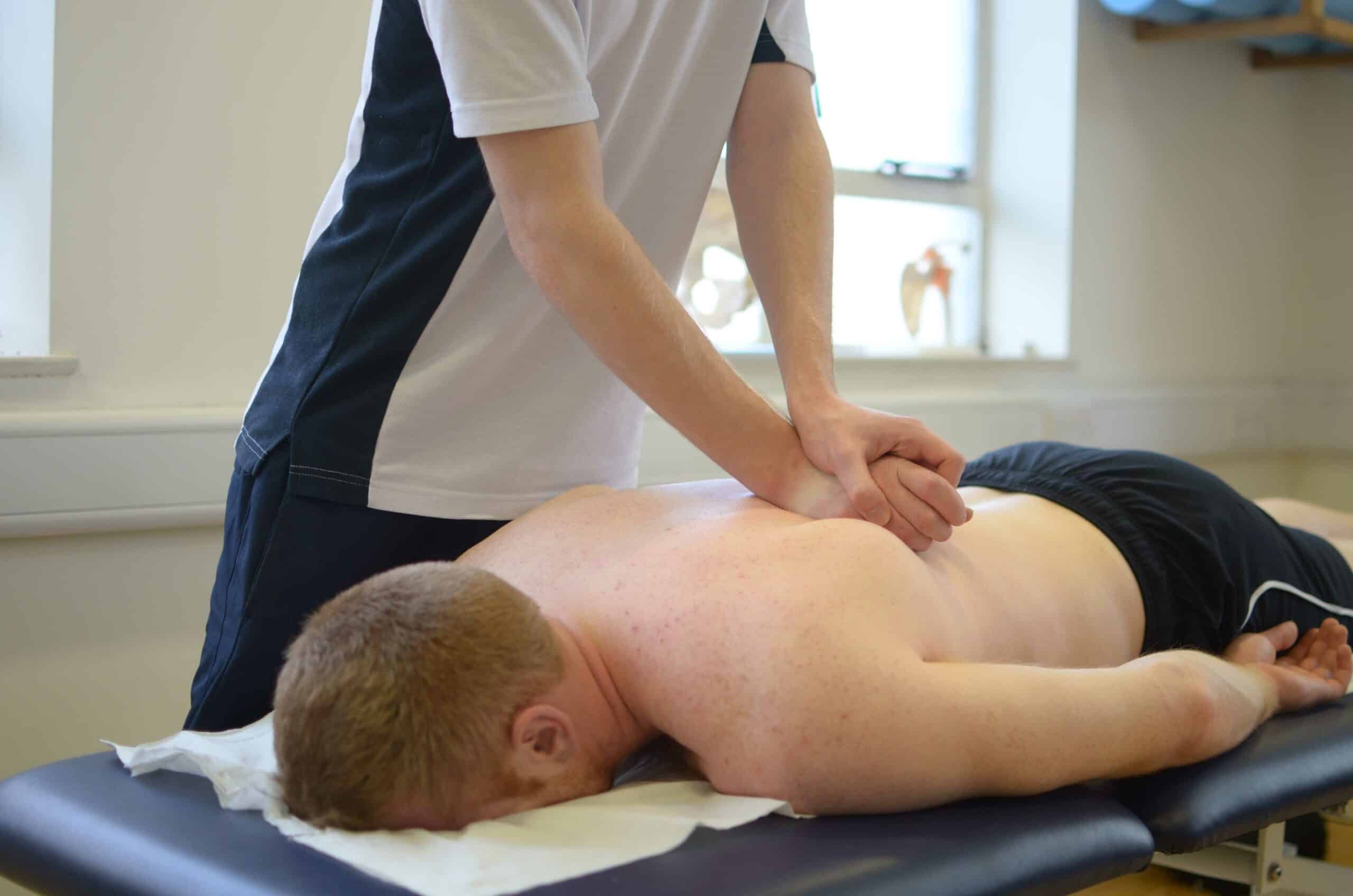
Middle/Upper Back Pain
This pain is felt in the upper back, typically between the shoulder blades. It can be caused by:
- Muscle strain or tightness: Poor posture, prolonged sitting, or carrying heavy backpacks can strain the upper back muscles.
- Tense knots (myofascial trigger points): These are tight, sensitive areas within muscles that can cause pain in other regions (referred pain).
- Spinal curvature problems: Kyphosis (hunchback) can put extra strain on the upper back muscles.
The pain might be a dull ache or a sharp discomfort, sometimes worsening with deep breaths due to muscle involvement in respiration. Referred pain down the arm into the hand can also occur if nerves are irritated in the upper back.
Neck Pain
Neck pain, medically known as cervical spinal pain, can arise from various issues:
- Muscle spasms: Similar to the upper back, poor posture, stress, or overuse can cause neck muscle spasms, leading to sudden, intense pain.
- Stiff joints: Degenerative changes in the facet joints of the neck can cause stiffness and pain with movement.
- Disc problems: Herniated or degenerated discs in the cervical spine can compress nerves, causing pain, numbness, or weakness in the neck, arm, and hand.
- Arthritis: Osteoarthritis, a wear-and-tear type of arthritis, can affect the neck joints, leading to pain, stiffness, and limited movement.
- Nerve pain: Conditions like pinched nerves or shingles can cause radiating pain, burning sensations, or numbness in the neck and possibly the head or arm.
A wry neck, also called torticollis, is a common condition where the neck muscles on one side become painfully contracted. If your neck pain radiates to your head or jaw, it’s important to explore resources on jaw and headache pain to rule out other potential causes.
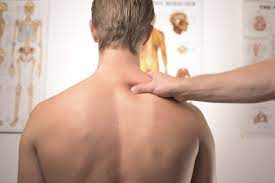

Treatments for Lower Back to Upper back
Following a thorough examination, backache treatment typically involves reducing muscle spasms and addressing any pain sensitivity. Restricted movement or stiff joints are addressed with targeted techniques to improve mobility, often supplemented with simple exercises for long-term maintenance. In cases of nerve pain radiating down the arms or legs, the source of irritation is identified and treated for relief.
Ready to get relief from the pain? Book an appointment and let our experienced physiotherapists help you heal.
Posture
Forget the old tales of “sit up straight” or constantly correcting your posture. The truth is, there’s no single “best” posture. It’s more about avoiding staying in one position for too long. Here at Balgowlah Sports Injury and Physiotherapy, we recommend changing positions roughly every 20-30 minutes to prevent pain.
We take a holistic approach to back pain, recognizing how each spinal segment is interconnected. A highly effective technique we use is called the muscle energy techniques (MET).
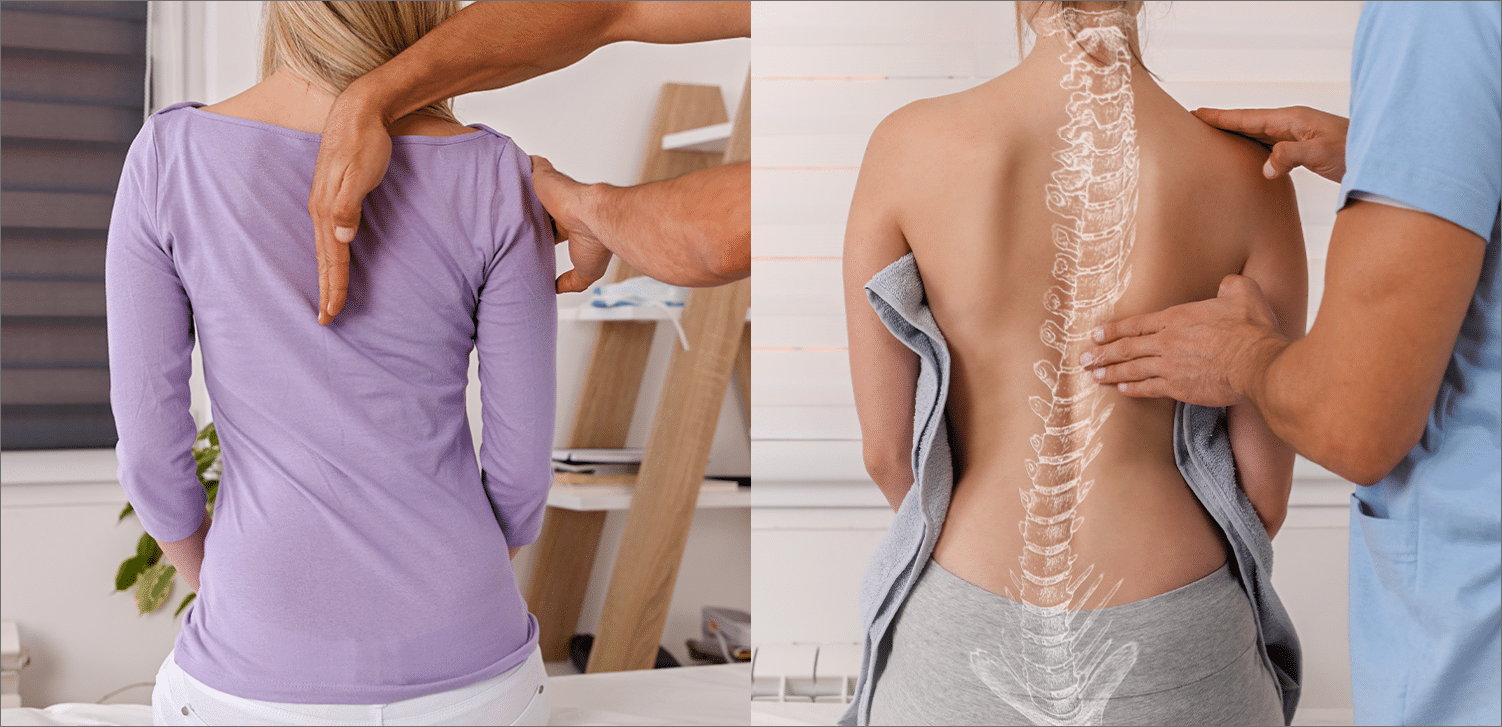
Ready to Take Control of Your Back Pain
Ready to ditch the back pain and get back to enjoying life? Our team of experienced physiotherapists can help! We offer a variety of treatments to target back pain in all areas, from your lower back to your neck. Whether you’re experiencing muscle strain, nerve pain, or stiffness, we have a personalized plan to get you feeling better.
Don’t wait any longer – schedule your appointment today!
